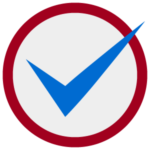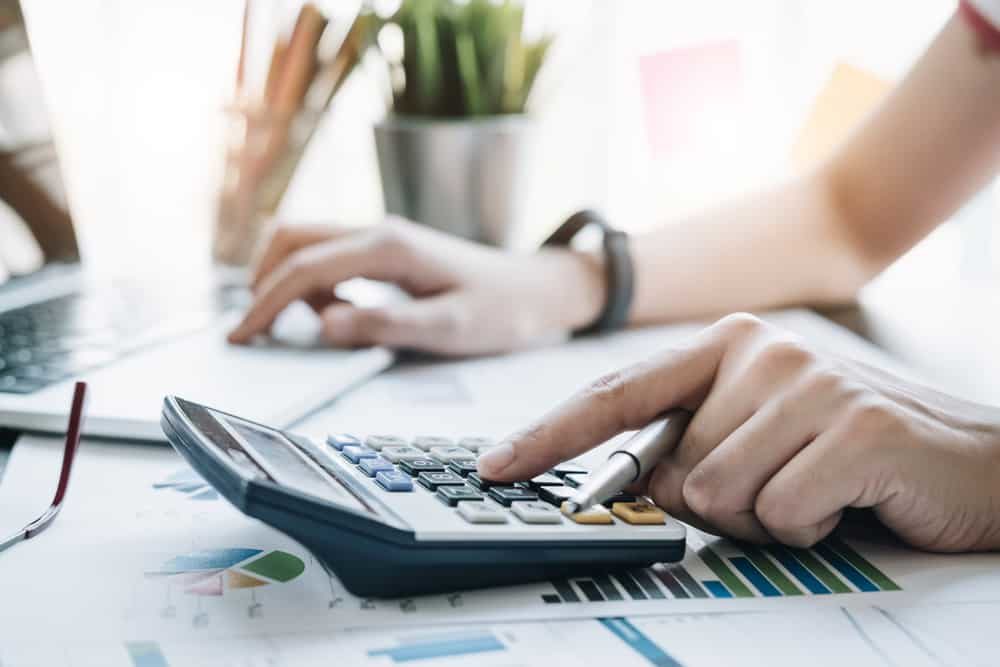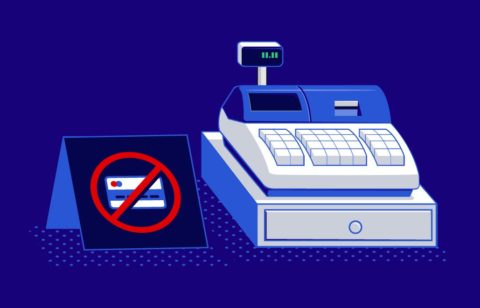Debt can be a heavy burden for anyone, but when you have a low income, living a debt-free life may seem perpetually out of reach.
If you have credit card debt and are struggling to make payments, you aren’t alone. The average American has about $6000 in credit card debt. But for people with low incomes, debt can be particularly difficult to escape. It’s easy to get stuck in a vicious cycle of making low or minimum payments that barely cover the interest and prevent you from paying down the balance.
Take a closer look at how to pay off credit card debt on a low income and take charge of your financial future.
How Credit Cards Become Debt-Traps
It can be very easy to get approved for a credit card. But it can be just as easy to build up high balances.

Covering Financial Emergencies
The furnace breaks, the engine light comes on, or that specialist was out of network after all. Everyday unexpected events like these can easily cost hundreds or thousands of dollars, and many Americans rely on credit cards to cover the expenses. When you’re living on a low income, short-term emergencies can easily become long-term financial burdens.

Paying the Minimum
Making minimum payments allows you to avoid fees from late payments and defaulting on the card, but it does little to pay off your debt. In fact, only making minimum payments often means it will take years and cost significantly more to pay off your balance. On a low income, however, paying more than the minimum may not be an option.

Card-Reward Tricks
Credit card companies often offer customers cash back, travel points, or other perks for signing up for a new card. But these rewards are rarely, if ever, worth more than the amount that you have to spend to obtain them and often encourage overspending.
When you have a low income, debt can spiral quickly and it can be a struggle just to keep your head above water. But you are not alone, and you are not powerless; there are ways to regain control and pay off debt for good.
How to Pay Off Credit Card Debt With a Low Income
Figuring out how to pay off credit card debt with a low income can be challenging, but these tips can help you get started:

Take an Honest Look at Your Finances
While cutting down on lattes may help your financial situation a little, looking at major expense categories could have a significant impact. How much are you spending on rent, transportation, entertainment, and other big, recurring costs? Are there opportunities to reduce your expenses? Whether it’s moving to a more affordable neighborhood, refinancing your mortgage, switching to public transit, cutting out streaming subscriptions, or getting strict about meal planning, the money you save could go a long way toward paying off your existing debt and preventing future debt.

Make a Plan
When your budget is small, planning is critical. Creating a realistic monthly budget that includes your credit card payments can help you stay on track. Budgeting apps make it easier than ever to make a plan and stick with it.
But making a plan isn’t just about doing what you can with your current income. After all, the challenge of how to pay off credit card debt with a low income is just as much about the income as it is about the debt. So what can you do to increase that income? Ask for a raise. Talk to your boss about a promotion. Find a side gig. You may be surprised by the opportunities available in today’s labor market.

Consider Debt Relief
If the above suggestions aren’t enough to pay down your credit card debt, you may want to consider debt relief. With the right guidance, this program may allow you to settle your debt once and for all.
There is no one-size-fits-all solution for paying off credit card debt, but finding a strategy that works for you is the first step toward creating the life you want.
The Power of Debt Relief
The goal of debt relief is to have an expert negotiate on your behalf to significantly lower the amount you owe. If you’re struggling with how to pay off credit card debt with a low income, this approach may be the fastest, and easiest way to pay off your debt and get your life back.
Since 2009, National Debt Relief has helped more than 450,000 people achieve financial independence and settled more than $10 billion in debt. We work hand-in-hand with our clients to not only reduce their debt, but develop the financial literacy skills they need to stay out of debt once they graduate from our program. With our support and guidance, you can start an empowering new chapter of your life and take control of your future.






